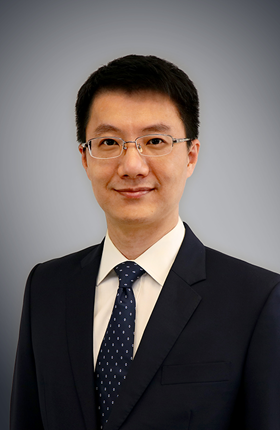
Prof. Zijian ZHENG
Professor
The Hong Kong Polytechnic University
- zijian.zheng@polyu.edu.hk
- Flexible and wearable electronics, energy conversion and storage, smart materials, nanofabrication
Biography
Prof. Zijian Zheng is currently Full Professor at the Institute of Textile and Clothing (ITC), Associate Director of Research Institute for Intelligent Wearable Systems, Lead Investigator of Research Institute for Smart Energy (RISE) at The Hong Kong Polytechnic University. His research interests include surface and polymer science, nanofabrication, flexible and wearable electronics, energy conversion and storage. Prof. Zheng received his B. Eng. in Chemical Engineering at Tsinghua University in 2003, and PhD in Chemistry at University of Cambridge in 2007 (Supervisor: Prof. Wilhelm T. S. Huck). In 2008, he worked as postdoctoral researcher with Prof. Chad A. Mirkin at Northwestern University in the USA. He joined ITC as Assistant Professor in 2009, and was promoted to tenured Associate Professor in 2013 and Professor in 2017. He has published ~150 papers in high-impact international scientific journals including Science, Nat. Mater., Nat. Comm., Adv. Mate., JACS, Angew. Chem.. He also files 25+ patents and is recipient of more than 15 academic awards. He serves as Guest Editor of Advanced Materials and Small, and Editor-in-Chief of EcoMat, a flagship open-access journal in green energy and environment published by Wiley. He is elected Founding Member of The Young Academy of Sciences of Hong Kong (2018), Chang Jiang Chair Professor by the Ministry of Education of China (2020), and Senior Research Fellow of the University Grant Commission of Hong Kong (2021).


